Intro
Counting cells that meet specific conditions is a common task in Excel. One of the most useful functions for this purpose is the COUNTIF function, which allows you to count cells that meet a certain criteria. In this article, we'll explore how to use the COUNTIF function to count cells greater than a specific value.
Understanding the COUNTIF Function
The COUNTIF function is a part of the Excel statistical functions that counts the number of cells in a range that meet a single condition. The syntax for the COUNTIF function is:
COUNTIF(range, criteria)
Where:
rangeis the range of cells that you want to count.criteriais the condition that you want to apply to the cells in the range.
Counting Cells Greater Than a Specific Value
To count cells greater than a specific value, you can use the following syntax:
COUNTIF(range, ">value")
Where:
rangeis the range of cells that you want to count.valueis the specific value that you want to compare the cells to.
For example, suppose you have a range of cells A1:A10 that contains the following values:
| Cell | Value |
|---|---|
| A1 | 10 |
| A2 | 20 |
| A3 | 30 |
| A4 | 40 |
| A5 | 50 |
| A6 | 60 |
| A7 | 70 |
| A8 | 80 |
| A9 | 90 |
| A10 | 100 |
To count the number of cells in the range A1:A10 that are greater than 50, you can use the following formula:
=COUNTIF(A1:A10, ">50")
This formula will return the value 5, which is the number of cells in the range that are greater than 50.
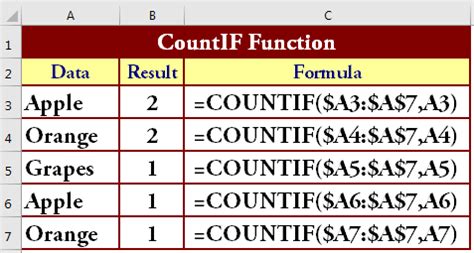
Using the COUNTIF Function with Multiple Criteria
While the COUNTIF function can only apply a single condition to a range of cells, you can use the COUNTIFS function to apply multiple criteria to a range of cells. The syntax for the COUNTIFS function is:
COUNTIFS(range1, criteria1, [range2], [criteria2],...)
Where:
range1is the first range of cells that you want to count.criteria1is the first condition that you want to apply to the cells in the range.[range2]is the second range of cells that you want to count (optional).[criteria2]is the second condition that you want to apply to the cells in the range (optional).
For example, suppose you have two ranges of cells, A1:A10 and B1:B10, that contain the following values:
| Cell | Value | Cell | Value |
|---|---|---|---|
| A1 | 10 | B1 | 5 |
| A2 | 20 | B2 | 10 |
| A3 | 30 | B3 | 15 |
| A4 | 40 | B4 | 20 |
| A5 | 50 | B5 | 25 |
| A6 | 60 | B6 | 30 |
| A7 | 70 | B7 | 35 |
| A8 | 80 | B8 | 40 |
| A9 | 90 | B9 | 45 |
| A10 | 100 | B10 | 50 |
To count the number of cells in the range A1:A10 that are greater than 50 and also have a corresponding value in the range B1:B10 that is greater than 20, you can use the following formula:
=COUNTIFS(A1:A10, ">50", B1:B10, ">20")
This formula will return the value 4, which is the number of cells in the range that meet both conditions.
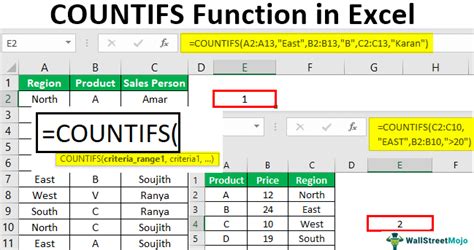
Tips and Tricks
Here are some tips and tricks for using the COUNTIF function:
- You can use the COUNTIF function to count cells that meet a range of conditions, such as counting cells that are greater than or equal to a specific value.
- You can use the COUNTIF function to count cells that contain a specific text string.
- You can use the COUNTIF function to count cells that meet a condition based on a formula.
- You can use the COUNTIFS function to count cells that meet multiple conditions.
Benefits of Using the COUNTIF Function
The COUNTIF function is a powerful tool that can help you to quickly and easily count cells that meet specific conditions. Here are some benefits of using the COUNTIF function:
- Efficient: The COUNTIF function is much faster than manually counting cells that meet a specific condition.
- Accurate: The COUNTIF function eliminates the risk of human error, ensuring that your count is accurate.
- Flexible: The COUNTIF function can be used to count cells that meet a range of conditions, making it a versatile tool.
Common Uses of the COUNTIF Function
The COUNTIF function is commonly used in a variety of scenarios, including:
- Tracking inventory: The COUNTIF function can be used to track the number of items in inventory that meet a specific condition, such as counting the number of items that are greater than a certain quantity.
- Analyzing data: The COUNTIF function can be used to analyze data, such as counting the number of cells that meet a specific condition.
- Creating reports: The COUNTIF function can be used to create reports, such as counting the number of cells that meet a specific condition and displaying the result in a report.
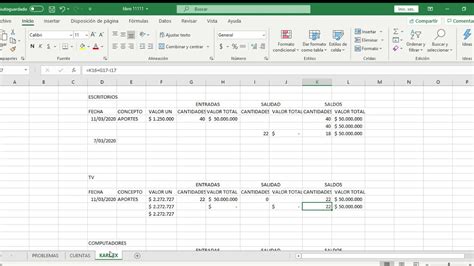
Conclusion
In this article, we've explored how to use the COUNTIF function to count cells greater than a specific value. We've also discussed the benefits of using the COUNTIF function, common uses of the function, and provided examples of how to use the function in different scenarios. Whether you're tracking inventory, analyzing data, or creating reports, the COUNTIF function is a powerful tool that can help you to quickly and easily count cells that meet specific conditions.
Gallery of COUNTIF Function Examples
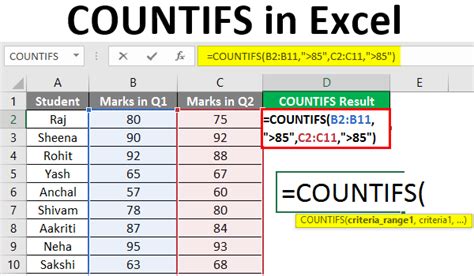
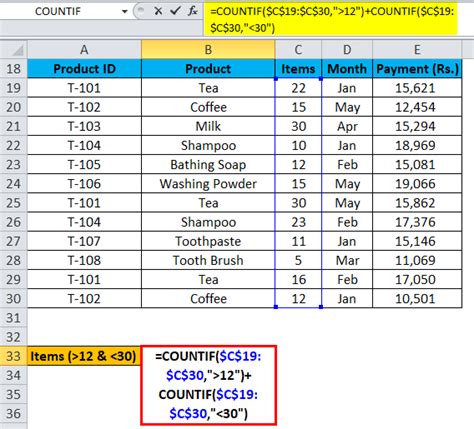
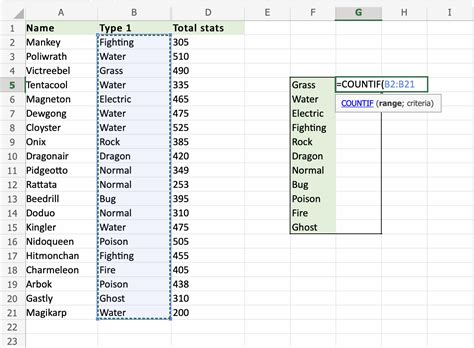
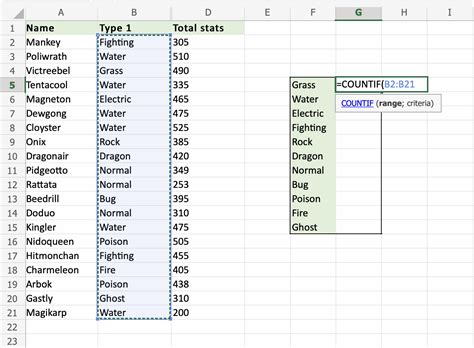
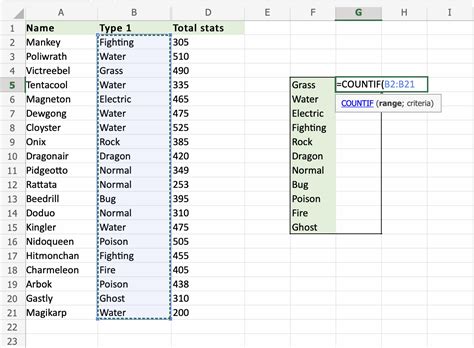
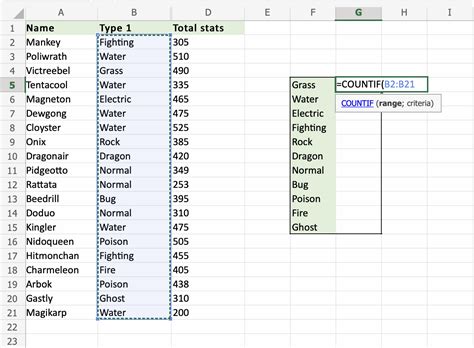
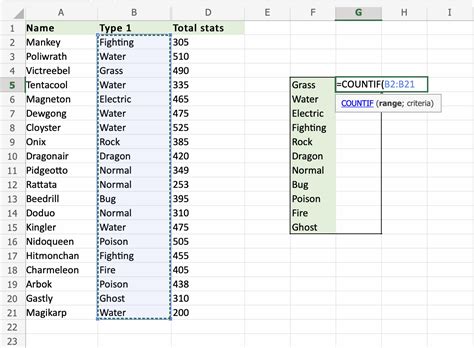
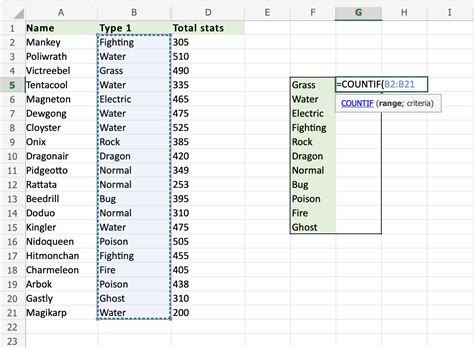
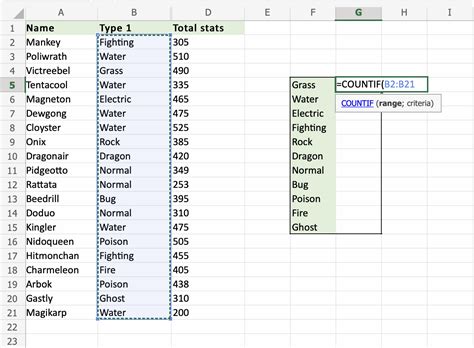
Do you have any questions about the COUNTIF function? Share your thoughts and comments below!
